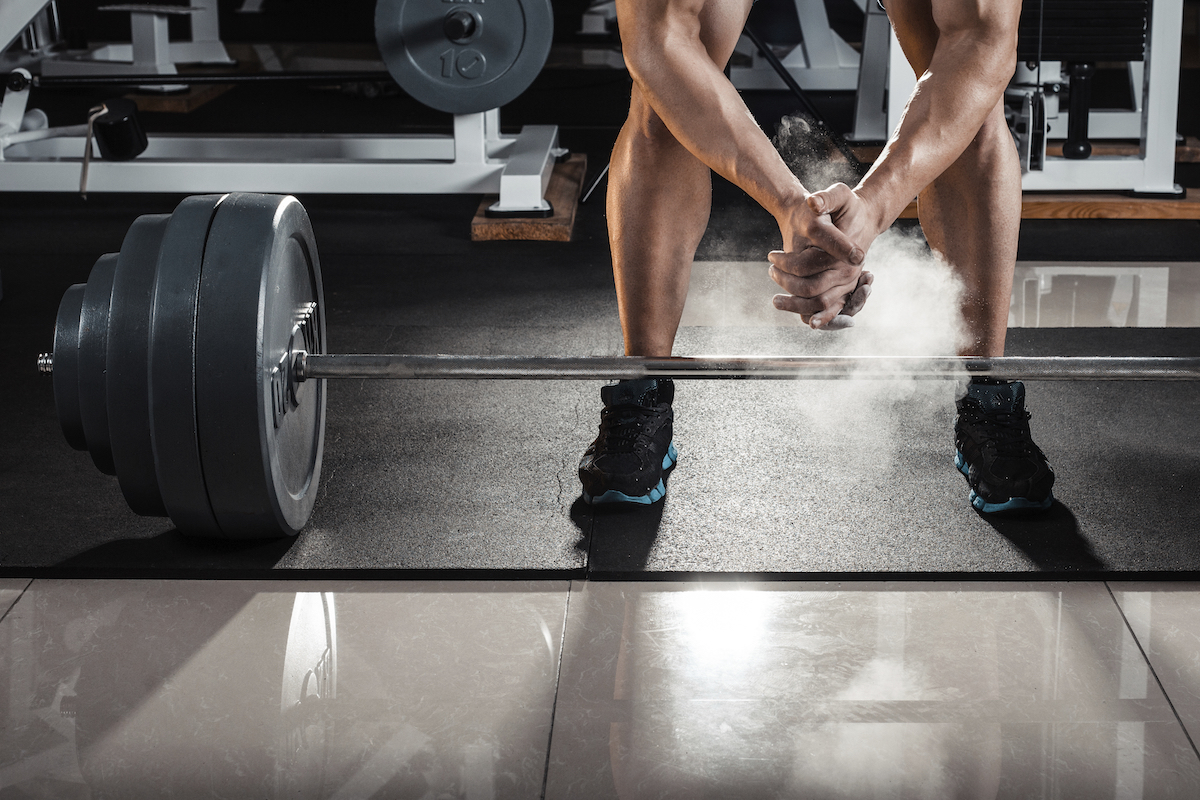Hamstring injuries are an issue with athletes that have to sprint, which is most of them. With that in mind, strength and conditioning professionals are always searching for better ways to train these muscles in order to help prevent these injuries.
In the Journal of Strength and Conditioning Research, Rey et al conducted a study looking at the effectiveness of two bodyweight hamstring exercises on hamstring fitness. The authors studied three junior elite soccer teams (average age around 17 years old). Subjects were pre-tested using the single leg hamstring bridge. This test involves placing one heel on a 60-centimeter tall box. Keeping that leg straight, subjects use the hamstrings to lift their hips up, doing as many repetitions as possible until failure.
After pre-testing, subjects went into one of two training groups. One did the Nordic hamstring exercise, one did the Russian belt exercise (basically subjects are suspended while standing at a 45 degree angle to the ground, then perform bodyweight good mornings). Training was periodized over ten weeks so that over the course of the study the number of training sessions per week was gradually increased from 1 to 3 and the volume was gradually increased from two sets of five to three sets of 8-12 reps. This was a ten-week long training intervention and the hamstring training was done in addition to the athletes’ normal training and competition. Subjects were then compared to a control group that did not perform the specialized hamstring training.
Results:
- After ten weeks, the Nordic hamstring group increased the number of reps on the bridge exercise by almost 30% on the right leg and over 32% on the left.
- The Russian belt group increased the number of reps on the bridge exercise by almost 20% on the right leg and over 22% on the left leg.
- The control group increased the number of reps on the bridge exercise by almost 2% on the right leg and almost 6% on the left.
This is a really interesting study. I’ve been a proponent for a long time of bodyweight hamstring exercises that are performed on the field in conjunction with speed/agility training. The Nordic hamstring exercise seems to be the gold standard with a lot of soccer players for this with hamstring training and in this study it was more effective than the Russian belt exercise that is described.
My concern with the Russian belt exercise that was described in this study is that it requires extra equipment and requires proper placement of the equipment on the athlete’s legs to hold them in place. On the other hand, exercises like the Nordic hamstring exercise, marches, straight leg bounds, inchworms, etc. do not require equipment and can be done anywhere.
The thinking with hamstring injuries and sprinting nowadays is that it’s related to eccentric strength. With that in mind, the choice of a hamstring test was an interesting one. By definition, performing as many reps as possible is a test of hamstring endurance, not eccentric strength. So I question whether we’re able to determine that these exercise interventions are the most effective at potentially preventing injuries based on the testing results.
However, I think it’s a great study and a great first step at researching this very important topic. Often we overlook field-based bodyweight exercises in favor of sexier weight exercises and sometimes simple is better, especially with younger athletes.
Rey, E., Paz-Dominguez, A., Porcel-Almendral, D., Paredes-Hernandez, V., B arcala-Furelos, R., and Abelairas-Gomez, C. (2017). Effects of a 10-week Nordic hamstring exercise and Russian belt training on posterior lower-limb muscle strength in elite juniot soccer players. Journal of Strength and Conditioning Research, 31(5), 1198-1205.



